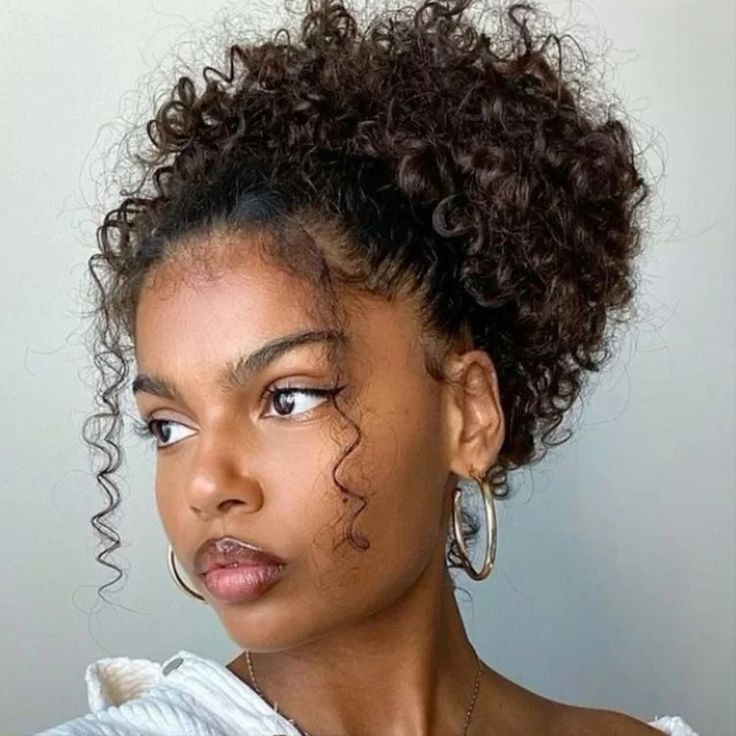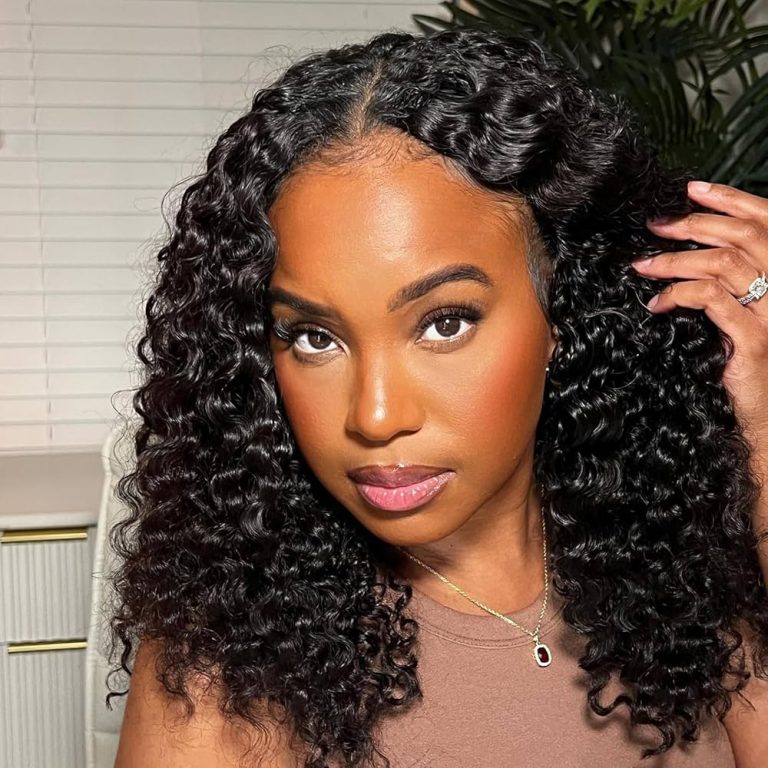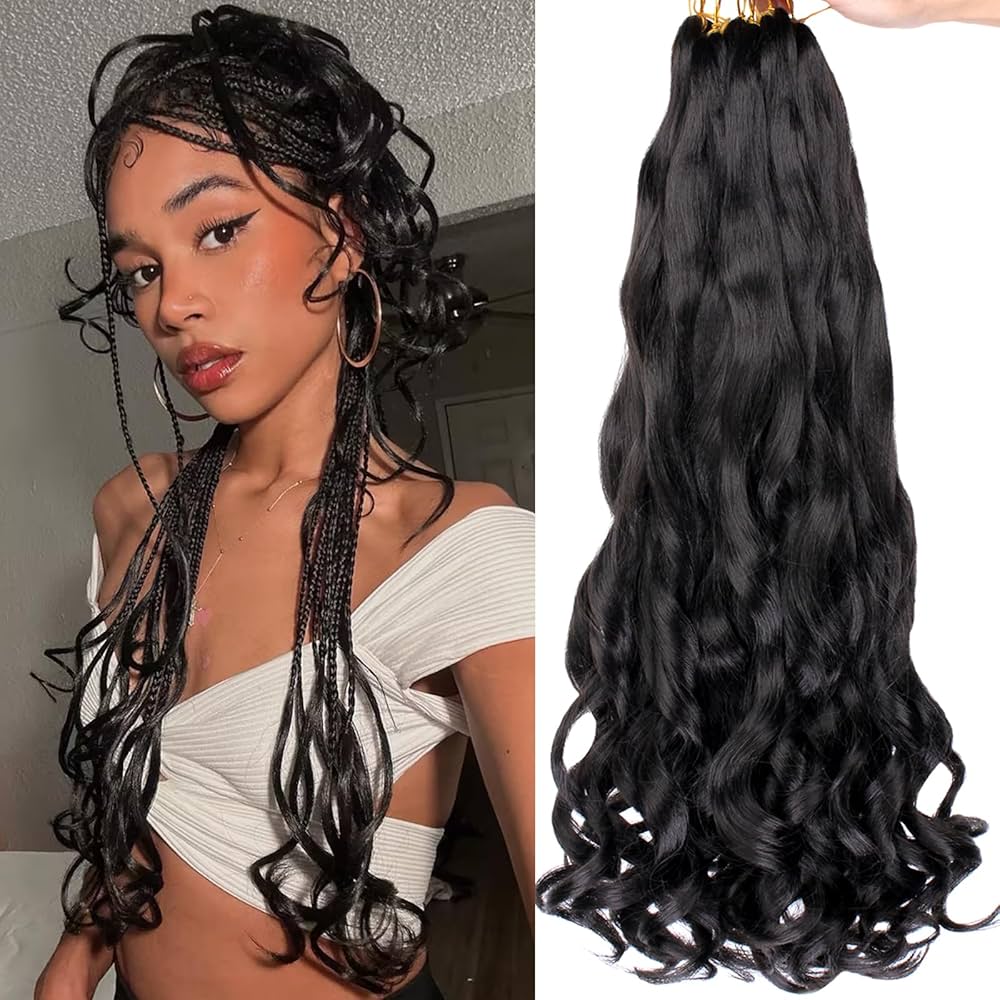
Revealing Hidden Curls: Signs Your Hair Isn’t Straight
Identifying Your Natural Hair Texture
Many think their hair is straight, but waves or curls could be hidden. How to tell if you have curly hair?To find out, observe your hair.
Observing Hair Patterns When Wet
Look for patterns when your hair is wet. If it’s straight, it stays flat. If it’s wavy or curly, patterns like spirals or zigzags appear.
Recognizing the Return of Waves After Heat Styling
After straightening, does your hair wave up, especially in humidity? If yes, you might have naturally wavy or curly hair.
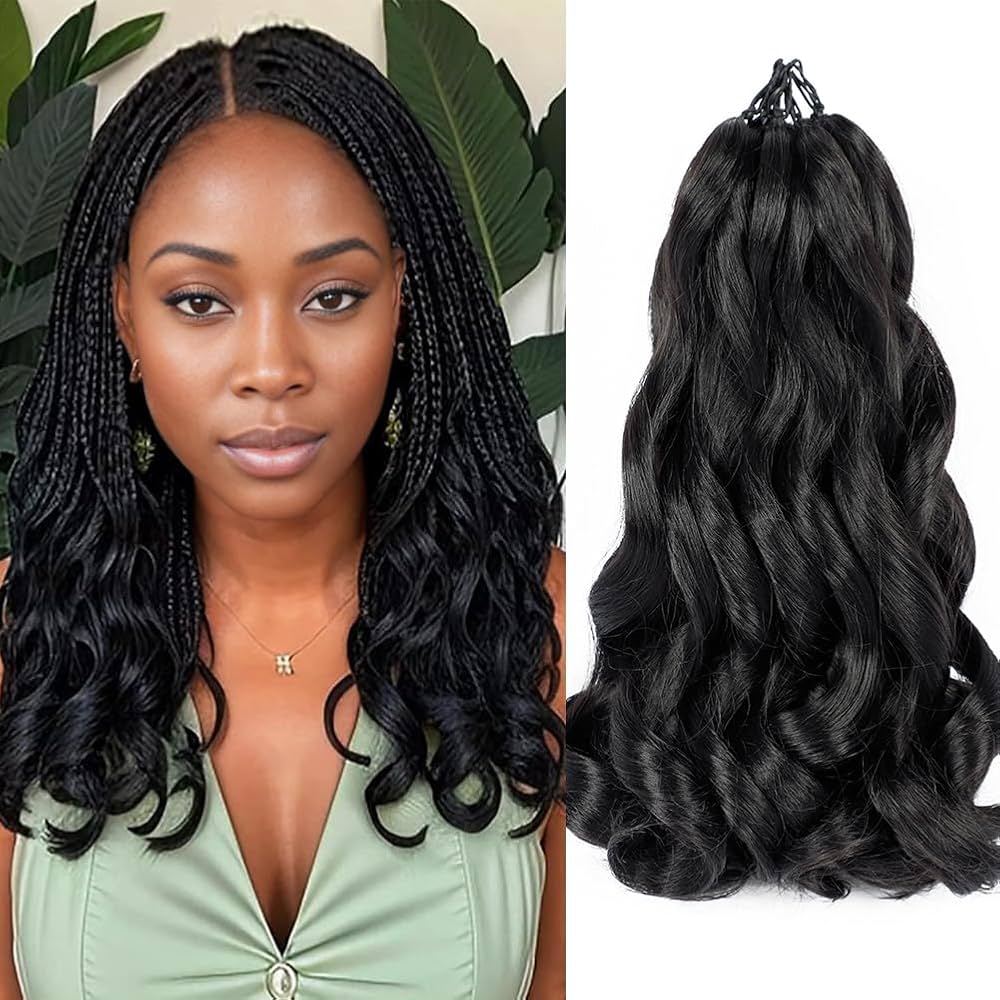
The Frizz Factor: Understanding Your Hair’s Behavior
How to tell if you have curly hair?Frizz often puzzles many with its unforgiving nature and stubborn presence. It’s vital to decode what frizz may be signaling about your hair’s true texture.
Common Misconceptions About Frizzy Hair
A common error is to view frizz as a sign of disarray or a lack of care. However, frizz can hint at underlying waves or curls that are not properly nurtured or understood.
Strategies for Managing Frizz and Revealing Curls
To tame frizz and possibly unveil hidden curls, consider these tactics:
- Moisturize: Apply leave-in conditioners or hair masks regularly to hydrate your strands.
- Gentle Drying: Pat your hair with a microfiber towel, avoiding rough towel-drying.
- No Brushing Dry Hair: Detangle your hair when wet and conditioned to prevent disrupting your hair’s natural pattern.
- Styling Products: Use gels or mousses designed for wavy or curly hair to define and control frizz.
- Humidity Defense: Employ anti-humidity sprays or serums to shield your hair from the frizz-inducing elements.
By fine-tuning these methods, you may just be one step closer to uncovering glorious waves or spirals that have remained hidden beneath the frizz.
Hydration: The Key to Enhancing Curls and Waves
Proper hydration is a game-changer for bringing out curls and waves. How to tell if you have curly hair?Here’s how it helps.
The Role of Moisture in Curly Hair Care
Curly hair craves moisture due to its natural dryness. Hydrated curls are more defined and less frizzy. Moisture allows curls to form and hold their shape.
Recommended Hair Products for Optimal Hydration
For best hydration, look for these in hair products:
- Deep Conditioners: Use weekly to deeply nourish hair.
- Leave-in Conditioners: Apply daily for constant moisture.
- Hair Oils: Choose lightweight options like argan or coconut oil.
- Hair Masks: Treat with masks bi-weekly for intense hydration.
- Sulfate-free Shampoos: They clean without stripping natural oils.
These products offer the hydration needed for curls and waves to thrive.
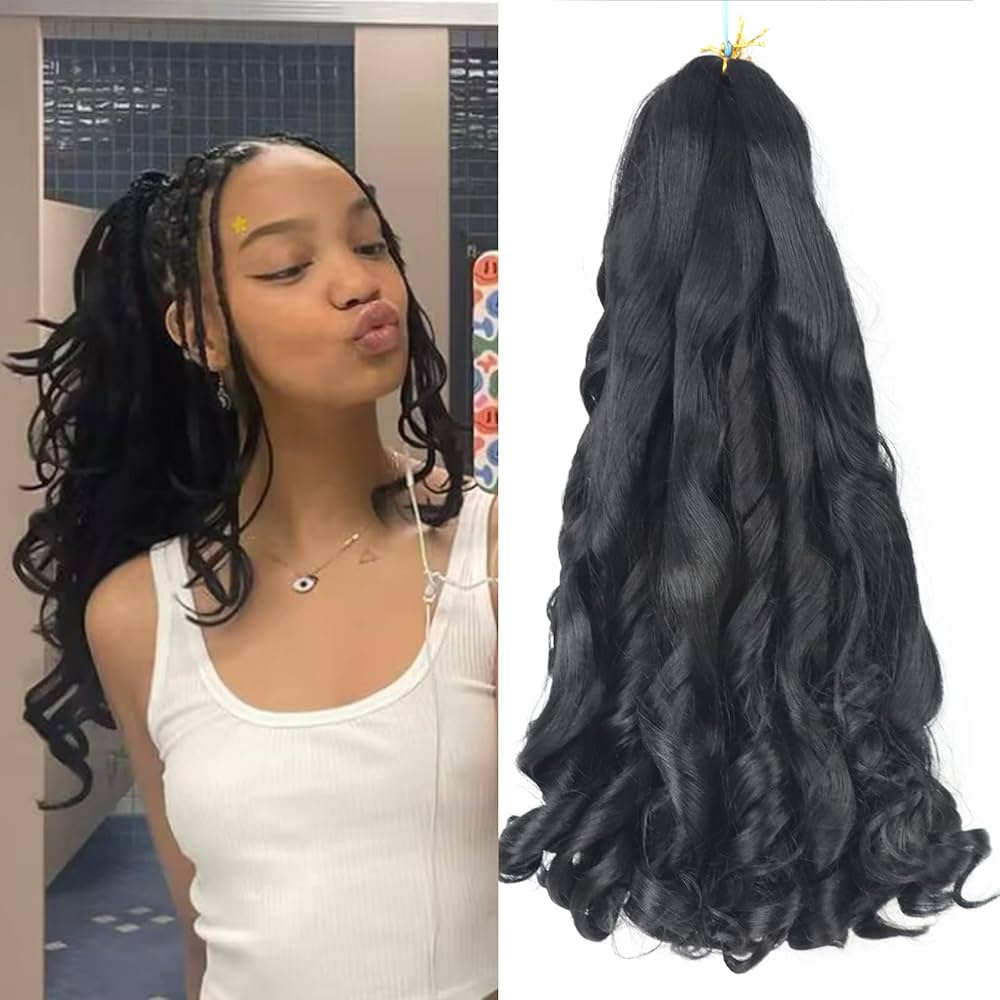
The Role of Hair Care Routines in Unveiling Curls
Your hair care routine is crucial in revealing your hair’s true texture. How to tell if you have curly hair?Regular routines promote curl formation and health.
Transitioning from Straight to Curly Hair Care Practices
Switching to curly hair care involves certain steps:
- Stop using heat tools – This reduces damage and allows natural curls to recover.
- Use sulfate-free shampoos – These are gentler and preserve natural oils.
- Incorporate curl-friendly products – Look for items specifically designed for curls and waves.
Making these changes over time aids in the gradual emergence of your natural curl pattern.
Simple Techniques to Encourage Waves and Curls
To encourage curls:
- Scrunch your hair – Gently scrunch wet hair with a towel or your hands.
- Plop your hair – Wrap wet hair in a t-shirt to set curls without heat.
- Use a diffuser – If you must dry your hair with a blow dryer, use a diffuser attachment. It minimizes frizz and maintains curl shape.
These easy methods can give you a sneak peek of your hair’s potential waves and curls without a complex routine.
Decoding Curl Patterns: From Waves to Ringlets
Discovering the variety in curl patterns can be enlightening. How to tell if you have curly hair?From subtle waves to full ringlets, each pattern tells a story about your unique hair type.
Analyzing Hair Shape and Bounce
To gauge your hair’s curliness, examine its shape after washing. Look for loops or spirals in your locks. Note how your hair bounces or springs back when you stretch and release a curl. This bounce is a key characteristic of curly hair.
How to Determine Your Curl Type
Identifying your curl type involves comparing wet and dry curl patterns. Classifications range from loose waves (2A) to tight coils (4C). Find a curl chart online and match your pattern for clarity. Remember, curls may vary across your scalp, giving you a mix of types.

The Curly Girl Method and Its Impacts
The Curly Girl Method can reveal your hair’s true nature and transform frizz into definitive curls or waves. Here’s how it can impact your hair care journey.
An Overview of the Curly Girl Method Steps
The Curly Girl Method involves several key steps including:
- Ditch Heat Styling: Avoid straighteners and curling irons that can damage curls.
- Avoid Sulfates and Silicones: Switch to products that preserve natural oils and moisture.
- Embrace Co-Washing: Use conditioner to wash your hair, reducing dryness.
- Use Curl-Friendly Products: Consider creams, gels, or mousses for curls.
- Let Hair Dry Naturally: Avoid rough towel-drying and opt for air drying or plopping with a t-shirt.
By sticking to these steps, many find their waves and curls are revived.
Success Stories: Transformations with the Curly Girl Method
Numerous people have witnessed remarkable changes in their hair by following the Curly Girl Method. Stories abound of limp, frizzy, seemingly straight hair unveiling lush waves or tight spirals after adhering to the method’s guidelines. With proper care and patience, you too could join the ranks of these success stories and embrace your naturally curly or wavy hair.
Styling and Protecting Your Newly Discovered Curls
Embracing your natural curls begins with the right styling tools. The goal is to enhance your curl pattern without causing damage. Here are some tips on selecting the best tools to style and protect your curls.
Selecting the Right Hair Styling Tools
For your newly found waves or curls, choosing gentle, curl-friendly tools is critical:
- Wide-tooth combs – Detangle wet hair with minimal breakage.
- Microfiber towels – Reduce frizz and breakage compared to regular towels.
- Satin or silk pillowcases – Minimize hair friction, prevent tangles and frizz while sleeping.
- Diffusers – Distribute heat evenly, enhance natural curl shape, and add volume.
- Hair clips and pins – Create updos or pin curls without tension or snagging.
Using these tools correctly keeps your curls healthy and styled to perfection.
Protective Hairstyles to Preserve Curls
Protective styles reduce handling and shield curls from environmental damage:
- Buns and chignons – Tuck ends safely away.
- Braids and twists – Secure curls in a defined pattern, promoting curl formation.
- Pineappling – Gather hair at the top to maintain curl shape overnight.
Experiment with these hairstyles to find which best suits your routine and curl type. They’ll help maintain your style, reduce knots, and keep curls smooth and bouncy.
Dealing with mixed textures in hair can be a journey. Here’s how to embrace all your curls and waves.
Understanding and Embracing Varied Textures
Recognizing that hair can have both curls and waves is crucial. Here’s how to manage it:
- Identify the mix: Check your hair for both loose waves and tight curls.
- Customize products: Find styling items that work for diverse curl types.
- Adapt your technique: Use different styling methods for various sections.
- Be patient: It takes time to perfect the care for mixed patterns.
By understanding your hair’s unique mix of textures, you can tailor your routine for the best results.
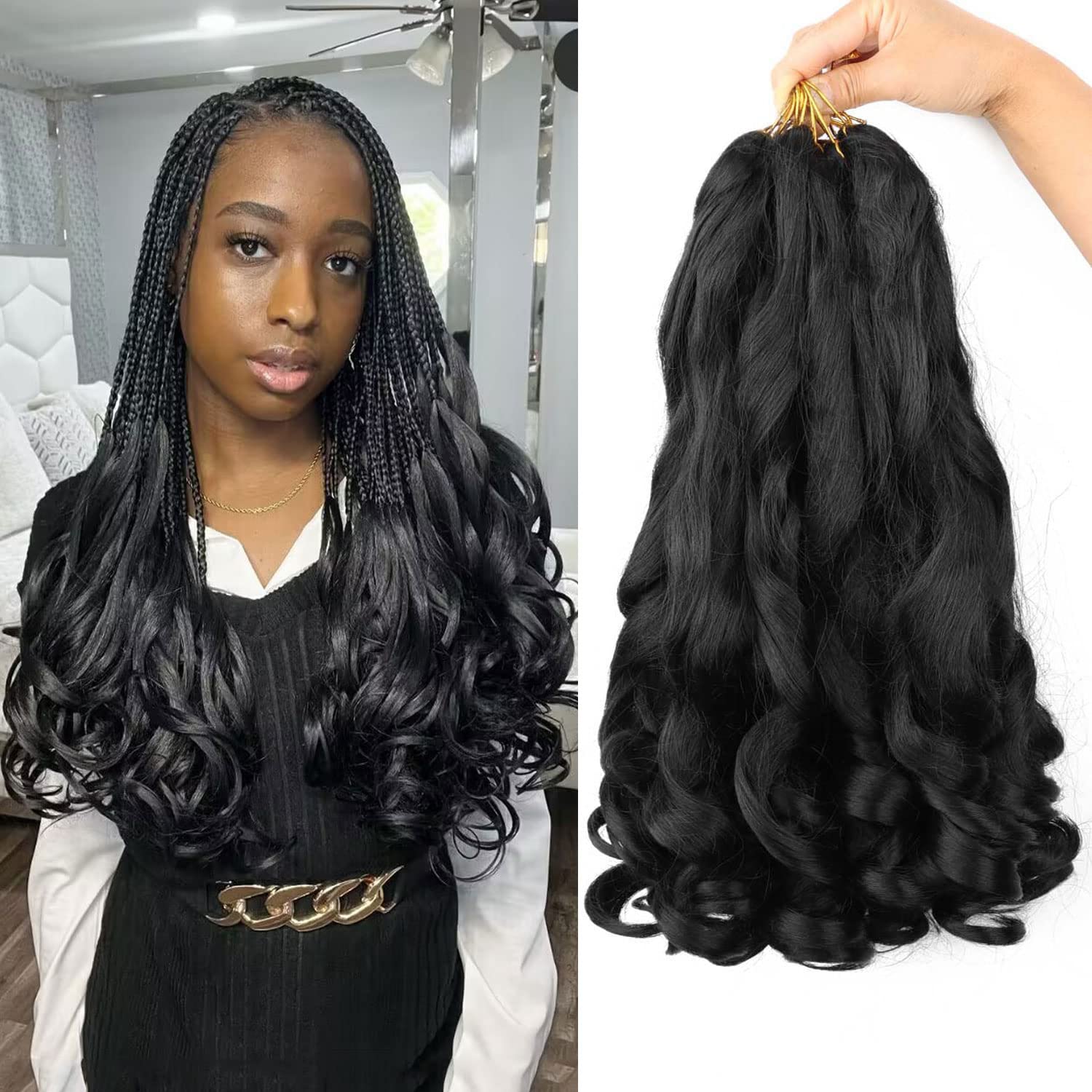
Conclusion: Identifying Curly Hair
Recognizing curly hair can enhance one’s hair care routine and boost confidence. There are clear characteristics that differentiate curly hair from other types.
Curly hair often forms natural spirals or waves. The texture typically varies from tight coils to loose curls. To confirm curly hair, consider the shape and bounce. If the strands curl or wave and easily spring back when stretched, they likely fall into the curly category.
Another indicator is the frizz factor. Curly hair usually tends to be drier and more prone to frizz. Those with curly hair may notice that products absorb differently than with straight or wavy hair. Thus, understanding hydration needs becomes vital for maintaining healthy curls.
Observing Curl Pattern
Next, examine the curl pattern. Curls can be categorized into various types, including type 2 (wavy), type 3 (curly), and type 4 (coily). This classification helps in identifying one’s specific curl type and tailoring a hair care regimen accordingly.
When the curls form distinct shapes, such as ringlets or corkscrews, it indicates a curly hair type. However, it is crucial to note that curly hair can also be sensitive to humidity, causing it to change shape.
For curly-haired individuals, choosing the right products becomes essential. Moisturizing and defining products, such as leave-in conditioners and curl creams, can enhance texture. Moreover, adopting a gentle wash routine with sulfate-free shampoos will help retain moisture.
In summary, identifying curly hair involves observing curl patterns, texture, and hydration needs. These insights empower individuals to make informed hair care choices. Embracing unique curls can lead to healthier hair and a boosted self-image.
